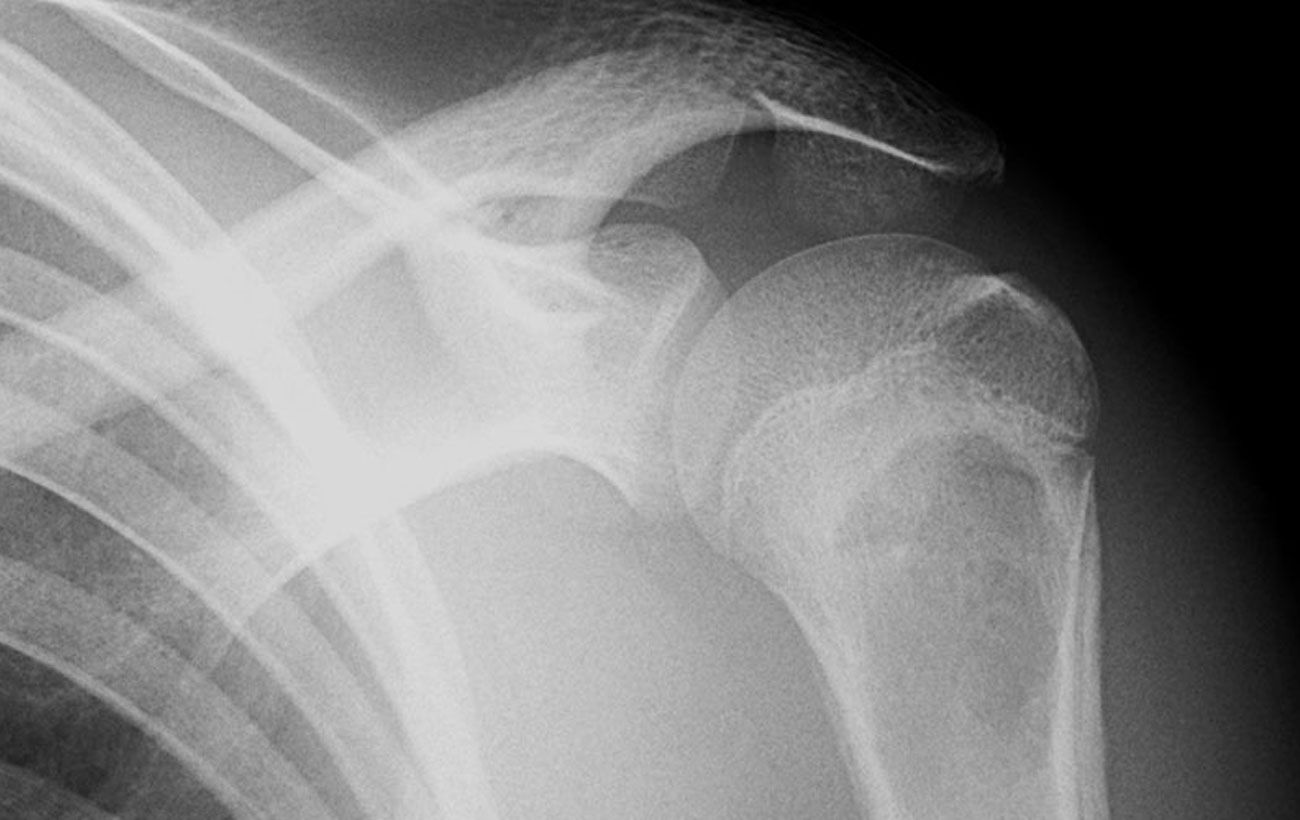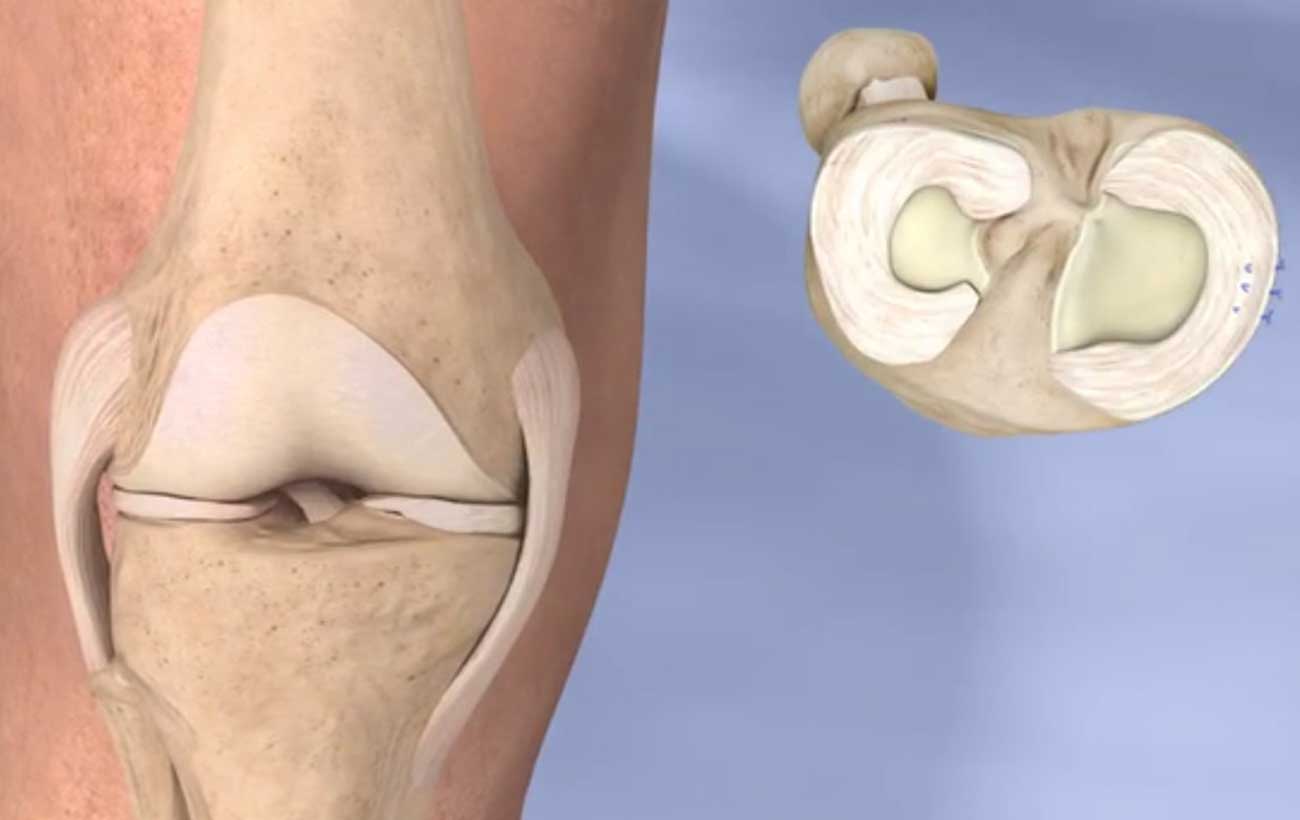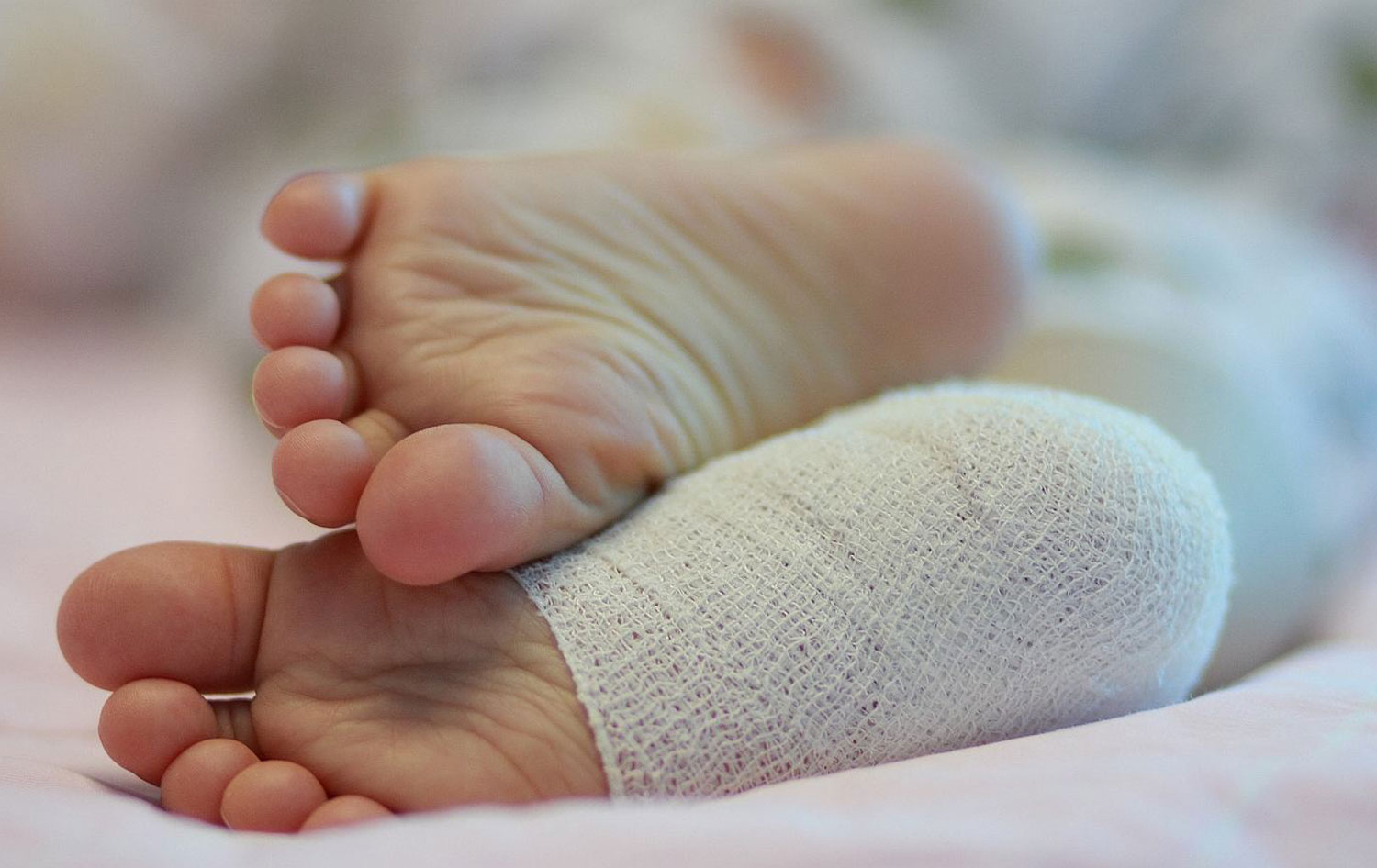innovative techniques Platelet-rich plasma therapy Times have changed since the days of bloodletting, when doctors…

Benign Bone Tumors
- Chondroblastoma
- Enchondroma
- Giant Cell Tumor
- Osteochondroma
Chondroblastoma
A chondroblastoma is a rare type of noncancerous bone tumor that begins in cartilage. This is the tough, rubbery connective tissue from which most bones develop. It plays an important role in the growth process. There are many different types of cartilage in the body. Chondroblastoma most often affects the ends of the long bones, near the growth plate, in the arms at the shoulder, and in the legs at the hip and knee. It is also called Codman’s tumor.
Chondroblastoma can affect people of all ages. But, it’s most common in children and young adults. It’s also more common in males than females.
Causes
The exact cause of chondroblastoma is not known. The tumors are believed to start from immature cartilage-making cells called chondroblasts.
Treatments
The goal for treatment of chondroblastoma is to remove the tumor and prevent damage to the end of the affected bone. Treatment may include:
- Surgery to remove the tumor
- Bone grafting, a surgery to transplant healthy bone from another part of the body to repair damaged bone
- Reconstruction or replacement of an affected joint
- Physical therapy to restore strength and function after surgery
Non-surgical treatment options may be used in some cases. This is due to the high risk of major complications from surgery. These other options include: - Cryotherapy. This is extreme cold is used to destroy the tumor.
- Radiofrequency ablation. This is a high frequency electrical current is
used to heat and destroy the tumor.The tumor may recur. For this reason, follow-up with your healthcare provider is essential.
Enchondroma
An enchondroma is a type of noncancerous bone tumor that begins in cartilage. Cartilage is the connective tissue from which most bones develop. Cartilage plays an important role in the growth process. There are many different types of cartilage in the body. An enchondroma most often affects the cartilage that lines the inside of the bones. It often affects the tiny long bones of the hands and feet. It may also affect other bones such as the thighbone (femur), upper arm bone (humerus), or 1 of the 2 lower leg bones (tibia).
An enchondroma may happen as 1 or several tumors. The health conditions that cause multiple tumors, include:
- Ollier disease. This is when multiple areas in the body grow the tumors.
- Maffucci syndrome. This is a combination of multiple tumors and benign tumors made up of blood vessels (angiomas).
Enchondromas are the most common type of hand tumor. They may affect a person at any age, but are most common in people ages 10 to 20. They affect men and women equally.
Causes
he exact cause of enchondroma is not known. However, it is thought to happen due to either of the following:
- Overgrowth of the cartilage that lines the ends of the bones
- Ongoing growth of original, embryonic cartilage
Treatments
Treatment will depend on your symptoms, age, and general health. It will also depend on how severe the condition is.
Treatment may include:
- Surgery. In some cases, surgery is done when bone weakening is present or fractures occur.
- Bone grafting. This is a surgery where healthy bone is taken from another part of the body and transplanted into the affected area.
If there is no sign of bone weakening or growth of the tumor, your healthcare provider may simply keep close watch on your condition. However, follow-up with repeat X-rays may be needed. Some types of enchondromas can develop into cancerous bone tumors later. Careful follow-up with your healthcare provider is often recommended.
Giant Cell Tumor
Giant cell tumor of bone is a rare, fast-growing non-cancer tumor. It most often grows in adults between ages 20 and 40 when skeletal bone growth is done. It is slightly more common in women.
It usually grows near a joint at the end of the bone. The location of a giant cell tumor is often in the knee, but can also grow in the bones of the arms and the legs. It can also affect the flat bones, such as the breastbone or pelvis.
Causes
The exact cause of giant cell tumors is not known. But in some cases, they have been linked to Paget disease of bone. This is a chronic bone disorder in which bones become enlarged and misshapen.
Treatment
Treatment will depend on your symptoms, age, and general health. It will also depend on how severe the condition is.
The goal for treatment of a giant cell tumor is to remove the tumor and prevent bone damage. Treatment may include:
- Surgery to remove the tumor and any damaged bone
- Bone grafting
- Bone reconstruction
- Physical therapy to regain strength and mobility
- Amputation, in severe cases
Tumors that can’t be removed with surgery can often be controlled and sometimes destroyed with radiation therapy.
Giant cell tumors can come back. Follow-up with your healthcare provider may be needed for several years.
Osteochondroma
Osteochondroma is an overgrowth of cartilage and bone that happens at the end of the bone near the growth plate. It usually grows as the child grows and stops when the child reaches skeletal maturity. Most often, it affects the long bones in the leg, the pelvis, or the shoulder blade.
Osteochondroma is the most common noncancerous bone growth. It most often occurs between ages 10 and 30. It affects males and females equally.
Causes
While the exact cause of osteochondroma is not known. There is 1 type that is inherited and 1 type that is not inherited.
Treatment
Treatment will depend on your symptoms, age, and general health. It will also depend on how severe the condition is.
Treatment for osteochondroma varies depending on the size of the growth and your symptoms. Treatment may include:
- Surgery to remove the mass
- Medicines to control pain
If there is no sign of bone weakening or increased overgrowth, your healthcare provider may want to watch it over time. Careful follow-up with a healthcare provider to monitor bone growth may be advised.



